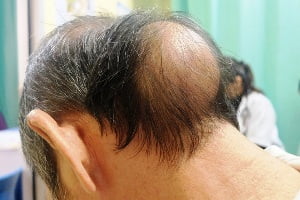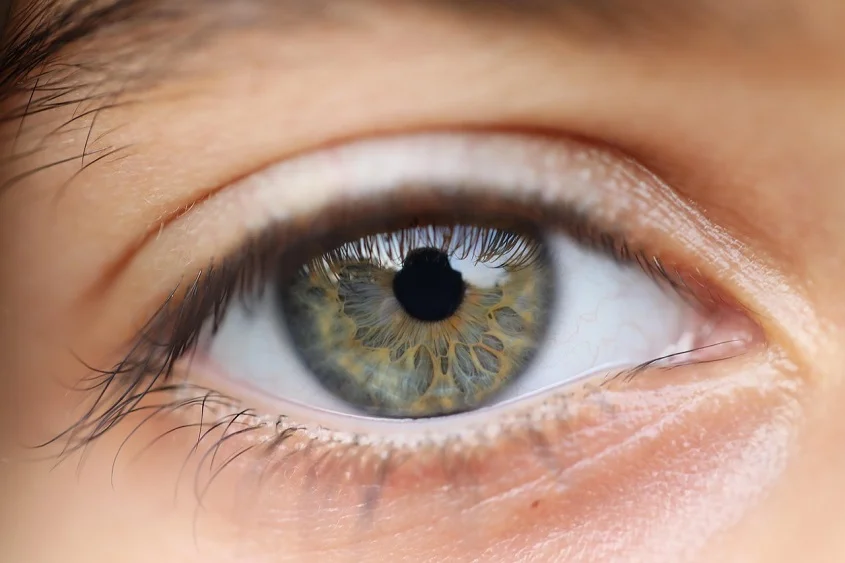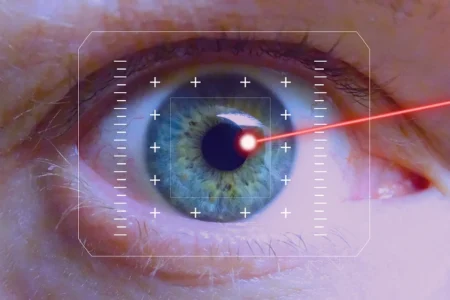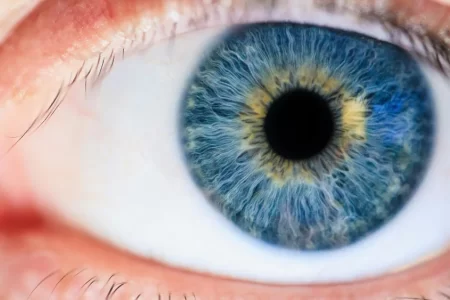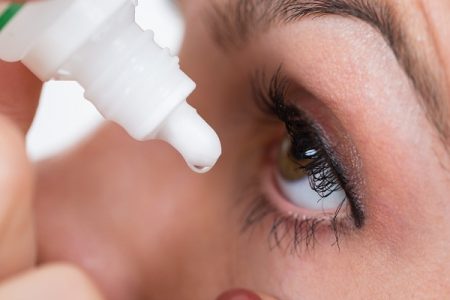Vision connects us to the world in ways we often take for granted until changes begin to occur. Every sunset, grandchild’s smile, and favorite book depends on the health of our eyes, yet eye care frequently takes a backseat to other health priorities. The good news is that many vision problems can be prevented or effectively managed with proactive care and lifestyle adjustments that fit seamlessly into daily routines.
The Power of Prevention in Eye Care
Preventive eye care extends far beyond annual vision exams, though these remain crucial for early detection of conditions like glaucoma, macular degeneration, and diabetic retinopathy. Daily habits significantly impact long-term eye health and can delay or prevent age-related vision changes that affect millions of people worldwide.
UV protection ranks among the most important preventive measures for maintaining healthy vision. Prolonged exposure to ultraviolet radiation increases the risk of cataracts, macular degeneration, and even eyelid cancers. Quality sunglasses that block 99-100% of UVA and UVB rays should be worn year-round, as UV radiation reflects off snow, water, and pavement even on cloudy days.
Simple adjustments like using blue light filters, maintaining proper viewing distances, and taking regular breaks can dramatically reduce digital eye strain symptoms.
Nutrition as Vision Medicine
The foods we choose directly influence eye health and can significantly reduce the risk of age-related vision problems. Leafy green vegetables like spinach, kale, and collard greens contain high levels of lutein and zeaxanthin, antioxidants that accumulate in the retina and act as natural sunglasses, filtering harmful blue light and reducing inflammation.
Colorful fruits and vegetables provide vitamin C and other antioxidants that protect against oxidative damage in the eyes. Carrots, sweet potatoes, and bell peppers supply beta-carotene, essential for night vision and overall eye health.
Omega-3 fatty acids from fish, walnuts, and flaxseeds support healthy tear production and may reduce the risk of dry eyes and macular degeneration. These healthy fats also help maintain the flexibility of blood vessels in the eyes, supporting proper circulation and nutrient delivery to delicate eye tissues.
Adapting to Natural Vision Changes
Presbyopia affects nearly everyone beginning in their 40s as the lens inside the eye gradually loses flexibility, making close-up tasks increasingly difficult. Rather than struggling with blurred text or holding reading materials at arm’s length, addressing these changes promptly prevents unnecessary eye strain and maintains quality of life.
Modern vision correction options provide comfortable, stylish solutions for presbyopia. Many women find that quality reading glasses for women offer immediate relief for reading, computer work, and detailed tasks while complementing their personal style and professional appearance.
Creating Your Eye Health Action Plan
Start with simple changes that protect your vision daily. Wear sunglasses outdoors and include eye-healthy foods in your meals. Schedule regular comprehensive eye exams appropriate for your age and risk factors.
Remember that small, consistent actions today create the foundation for clear, comfortable vision throughout all of life’s precious moments tomorrow.


